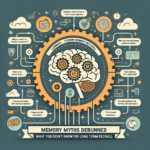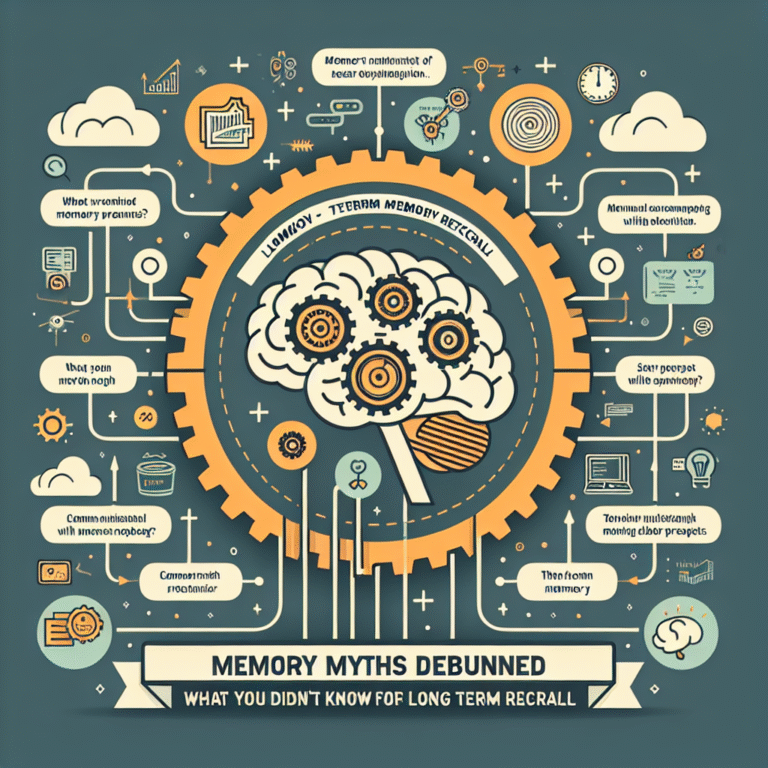Introduction
In a world that increasingly leans towards digitization, the intersection of technology and accessibility is more crucial than ever. Eye Tracking and Accessibility: Enhancing Technology for All is not just a catchphrase—it’s a pivotal movement that focuses on utilizing innovative eye-tracking technologies to empower those with disabilities. As we delve into this topic, you’ll discover how eye tracking not only opens new doors for individuals with mobility impairments but also sets the stage for a more inclusive technological landscape.
Imagine navigating the digital realm using nothing but the movement of your eyes. For many people, this is a dream realized, and it’s reshaping how we think about technology and accessibility. As we explore real-world applications, analyze case studies, and look into future advancements, keep in mind the profound impact that Eye Tracking and Accessibility: Enhancing Technology for All can have on enhancing everyday lives.
What is Eye Tracking?
Understanding Eye Tracking Technology
Eye tracking is a technology that monitors and records eye movements, saccades, and fixations. This data can be used in various applications—from market research to gaming—and is increasingly finding its place in assistive technology. By identifying where a person looks on a screen, devices can respond to visual cues, allowing users to interact with technologies through eye movements.
Types of Eye Tracking
Remote Eye Tracking: Uses cameras to capture eye movements from a distance. Ideal for assessing user interactions without any physical contact.
- Wearable Eye Trackers: Often come in the form of glasses or headsets, providing mobility and hands-free usability, making them particularly useful for those with severe physical limitations.
Importance of Eye Tracking in Accessibility
Practically speaking, these technologies bridge the gap for users who cannot utilize standard input devices. They empower individuals who have limited mobility due to conditions like ALS, spinal injuries, or cerebral palsy. Using eye tracking, users can control computers, tablets, and even smart home devices, fostering a more independent lifestyle.
Case Studies Highlighting Eye Tracking in Action
Case Study 1: The Tobii Eye Tracker
Tobii’s eye tracking systems have transformed the lives of many individuals with physical disabilities. Through their innovative product suite, users can navigate their digital environments, communicate through text-to-speech features, and control smart devices—merely by looking at them.
Analysis: Tobii’s systems exemplify how assistive technologies can be integrated into everyday life, making them an invaluable resource in homes, schools, and workplaces.
Case Study 2: Eye Control in Gaming
Eye gaze technology has transcended beyond traditional applications and is becoming prominent in gaming experiences. Various game designers are now experimenting with integrating eye tracking to create immersive gaming experiences tailored for gamers with disabilities. For example, some popular games have introduced features that allow players to shoot or navigate using just their eye movements.
Analysis: This use of eye tracking enhances inclusivity in gaming, allowing more people to experience the joy of virtual worlds, breaking stereotypes associated with gamers with disabilities.
Case Study 3: Smart Home Control Systems
Eye tracking has been effectively integrated into smart home technologies. These systems allow users to control everything from lights to locks simply by using their eyes. With the increasing prevalence of smart technologies in everyday life, eye-tracking compatibility can lead to remarkably enhanced independence for those with disabilities.
Analysis: This case shows how eye tracking can extend its scope beyond computers and communication into the very fabric of daily living, further catalyzing the movement of Eye Tracking and Accessibility: Enhancing Technology for All.
Table: Benefits of Eye Tracking Technology
| Benefit | Description |
|---|---|
| Independence | Empowers users to interact without the need for physical assistance. |
| Ease of Use | Requires minimal training to operate effectively, making it user-friendly. |
| Versatility | Applicable across various platforms—computers, tablets, and smart devices. |
| Enhanced Communication | Facilitates communication for users who have lost their ability to speak. |
Overcoming Challenges in Eye Tracking Accessibility
Limitations of Eye Tracking Technology
While eye tracking offers invaluable opportunities for individuals with disabilities, it’s not without its challenges:
Cost of Devices: High-quality eye-tracking systems can be expensive, creating accessibility issues for many users.
- Accuracy and Calibration: Some devices require frequent recalibration, which can be a hurdle for continuous use.
Innovating Solutions
Despite these challenges, various initiatives aim to mitigate these barriers. For instance, collaborative projects involving nonprofit organizations and tech companies work towards making eye-tracking technology more affordable. Enhanced software solutions also aim to improve device accuracy, enabling longer-term usability without frequent adjustments.
Future of Eye Tracking and Accessibility
Emerging Trends
As technological advancements continue to surge, the future of Eye Tracking and Accessibility: Enhancing Technology for All looks promising. Key trends include:
Artificial Intelligence Integration: AI can enhance eye tracking by improving prediction algorithms, making interaction more intuitive and less prone to error.
- Virtual Reality (VR) and Augmented Reality (AR): Integrating eye tracking into VR/AR environments can revolutionize how users engage with digital spaces, enabling fully immersive experiences designed with accessibility in mind.
The Role of Community and Industry
Collaboration among engineers, community advocates, and users will further enhance developments in eye-tracking technology. Creating feedback loops where users can express their needs directly influences design and functionality, ensuring that products remain user-centered.
Conclusion
The nexus of Eye Tracking and Accessibility: Enhancing Technology for All is paving the way for a more inclusive future. By breaking down barriers that have long existed in the realm of technology, eye tracking is empowering individuals with disabilities to lead fuller lives. As we embrace these advancements, we also encourage a collaborative approach, engaging communities in conversations about their needs and aspirations.
Call to Action
Imagine encouraging innovation and inclusivity every time you communicate about technology. Let’s advocate for scalable and accessible eye-tracking options that empower everyone—because technology should enhance the lives of all, not just a privileged few.
FAQs
1. What is eye tracking technology?
Eye tracking technology tracks where a person is looking, capturing movements and gestures to facilitate interaction with electronic devices.
2. How does eye tracking enhance accessibility?
Eye tracking allows individuals with mobility impairments to interact with computers and smart devices using only their eye movements, promoting independence.
3. Is eye tracking technology expensive?
Yes, many state-of-the-art eye tracking systems can be costly, although there are ongoing efforts to make this technology more affordable.
4. How do I use eye tracking technology?
Most systems require a simple setup and calibration process, where users align their gaze with the device’s camera for optimal performance.
5. Will eye tracking work for everyone?
While eye tracking can benefit many, individual experiences may vary based on specific needs and technology used. Continuous innovation aims to improve these technologies for broad usability.
By exploring Eye Tracking and Accessibility: Enhancing Technology for All, we open the door to understanding its far-reaching potential and the inclusive future it promises. Let’s champion this journey together, empowering lives through technology.
















